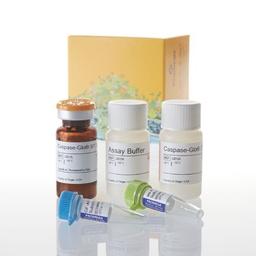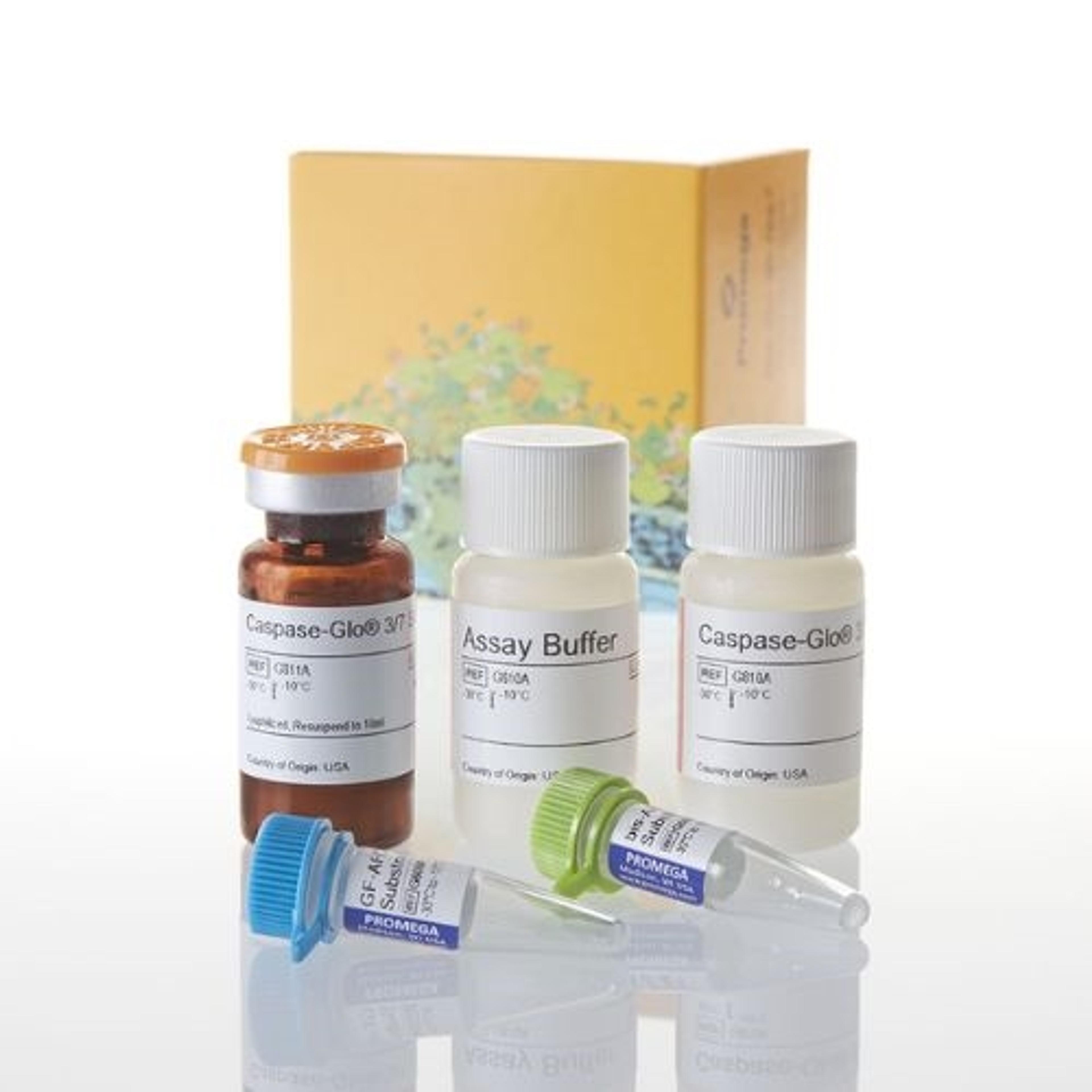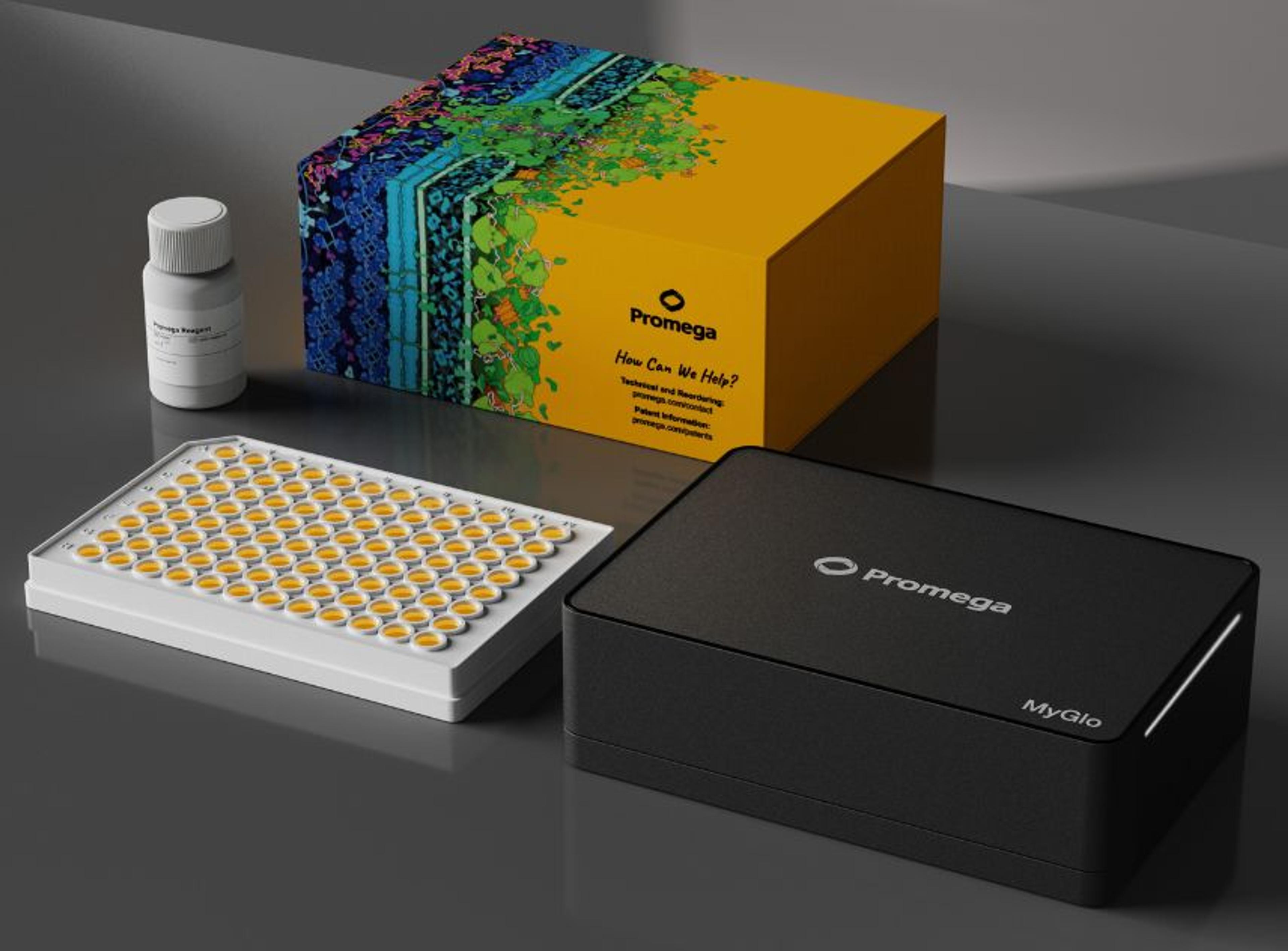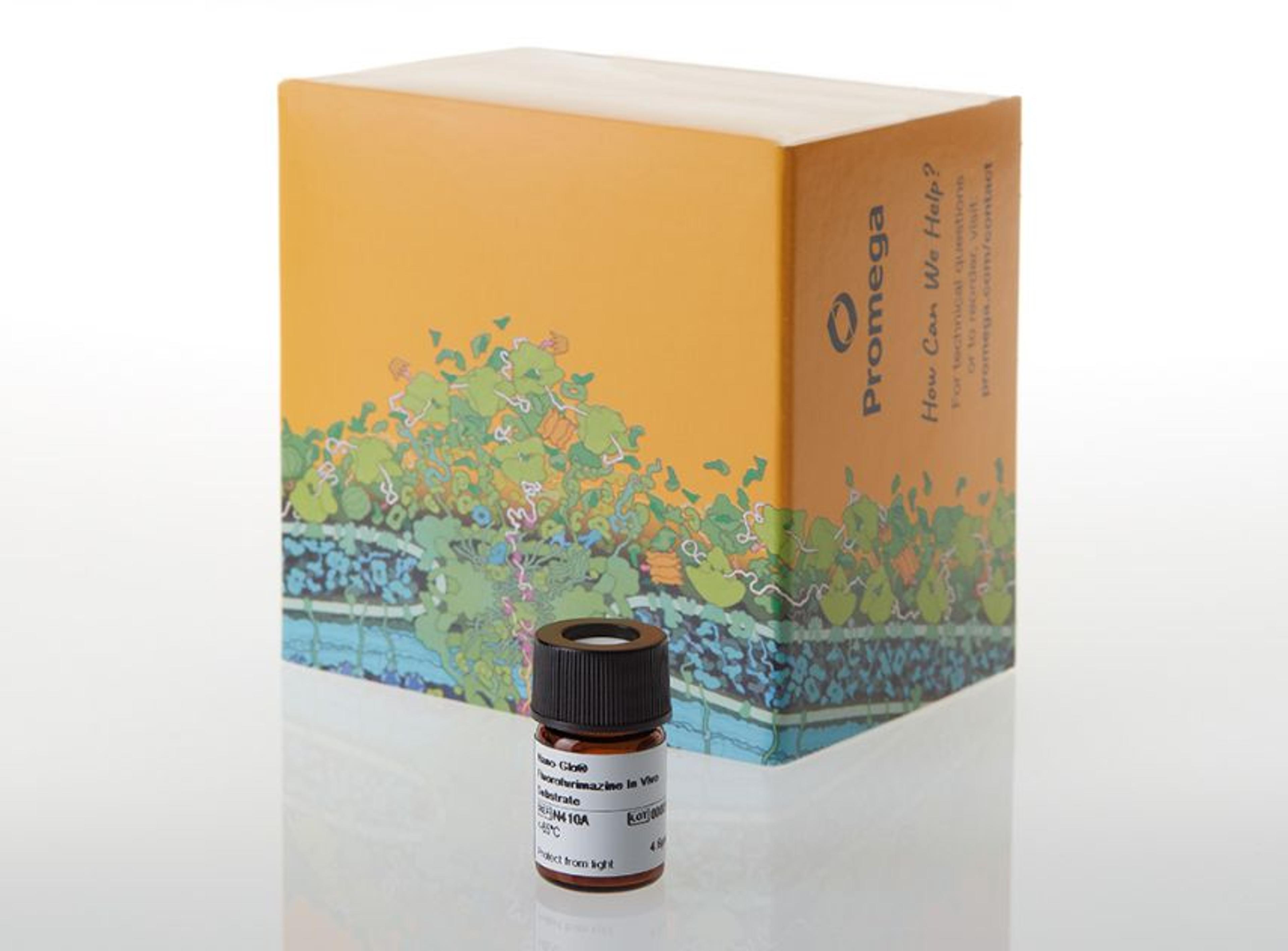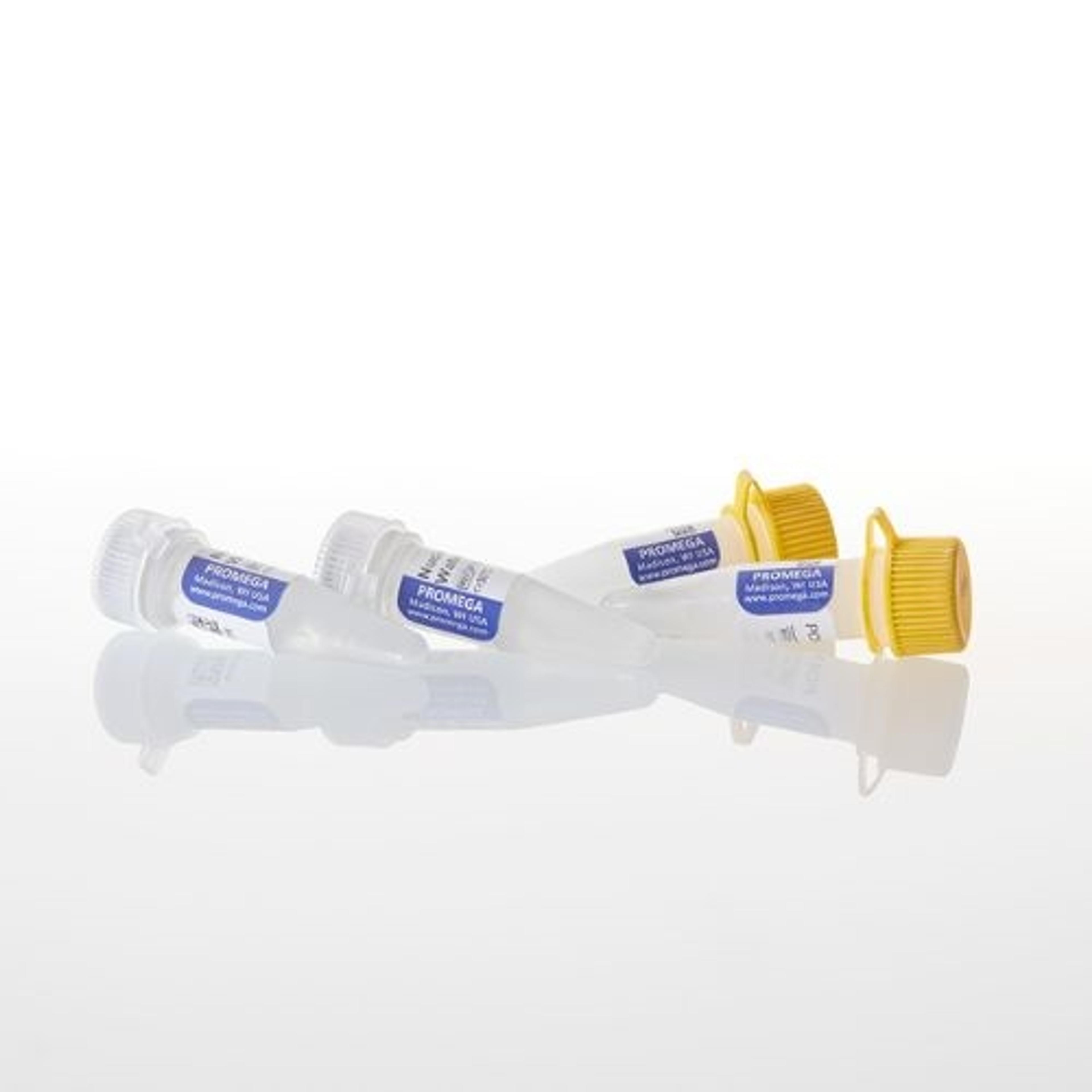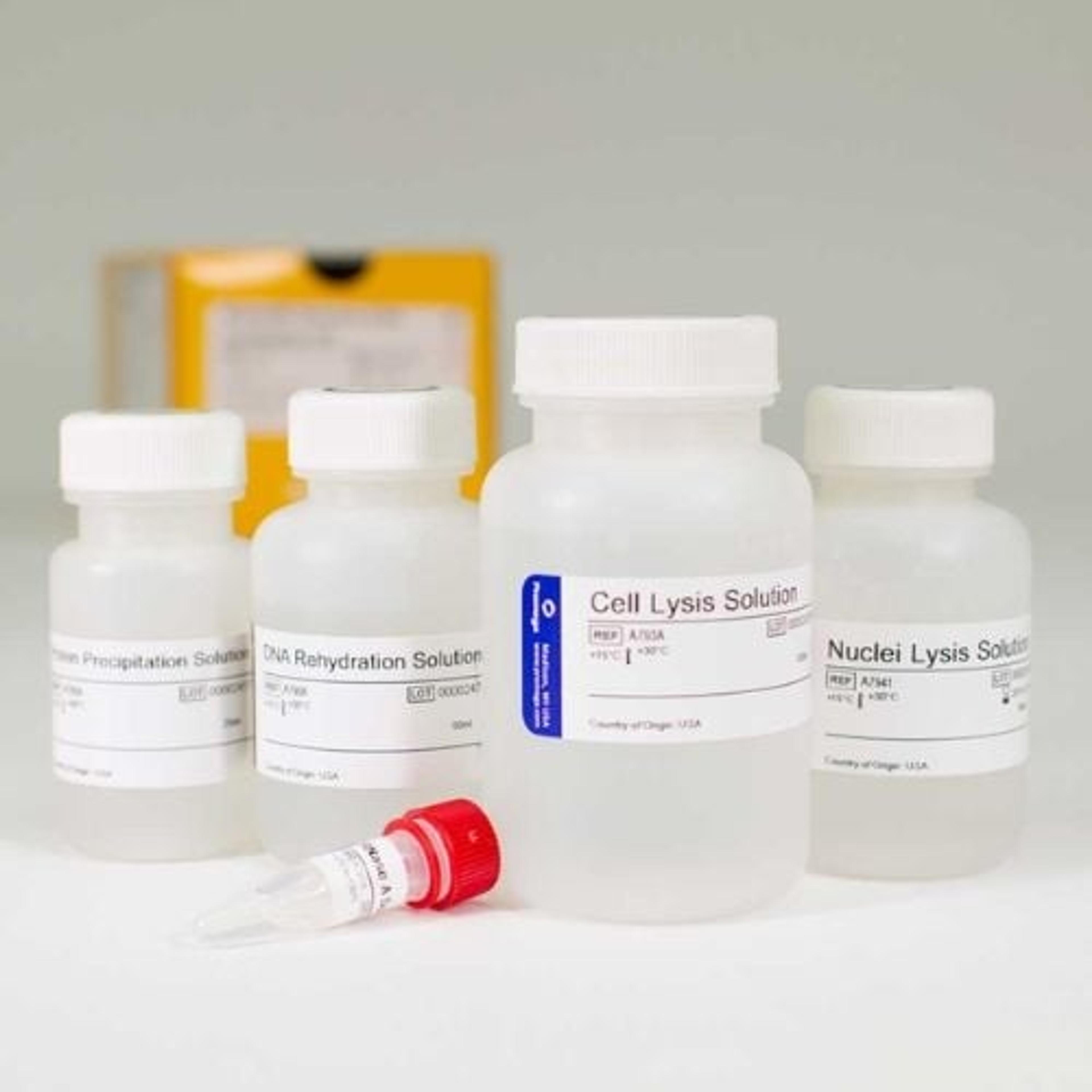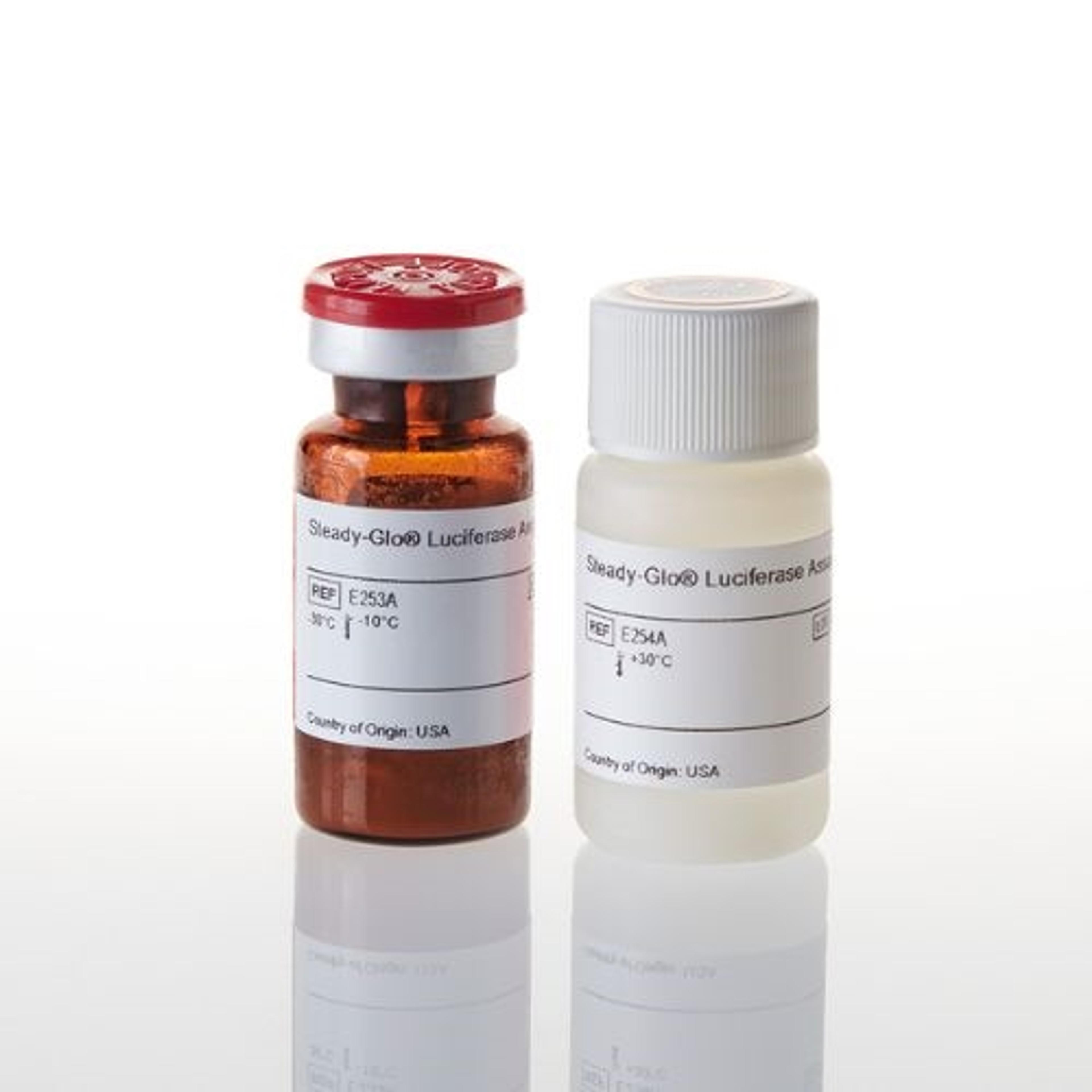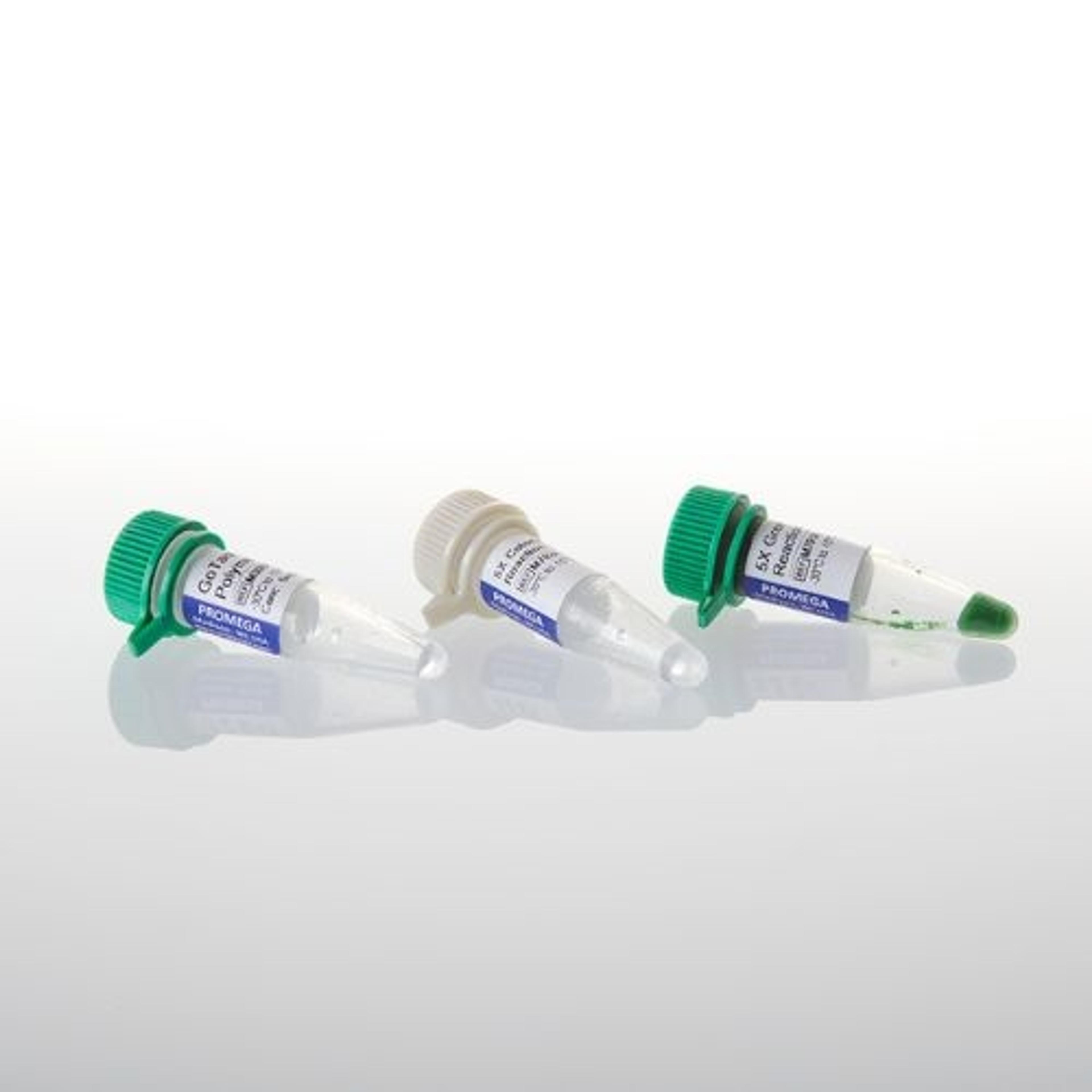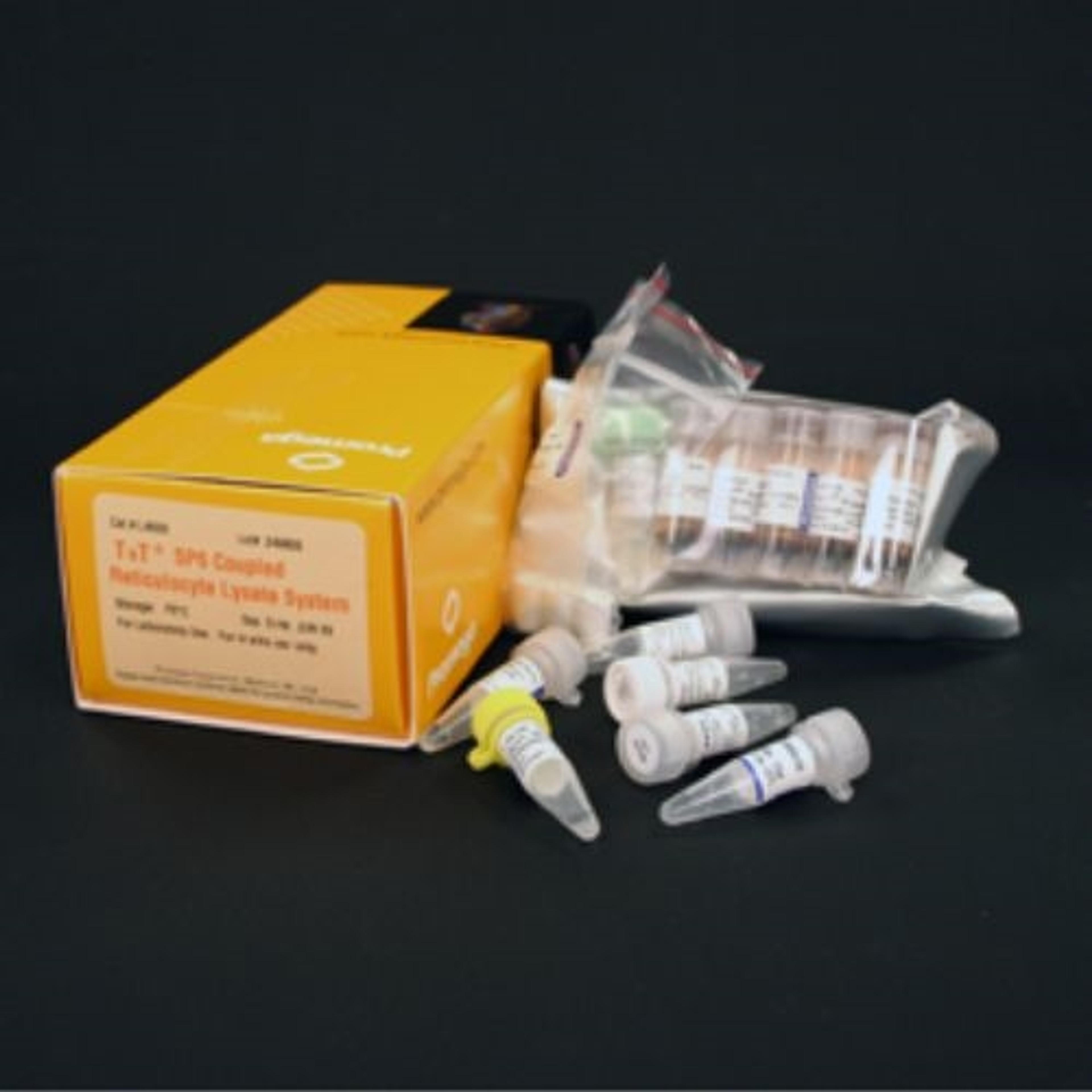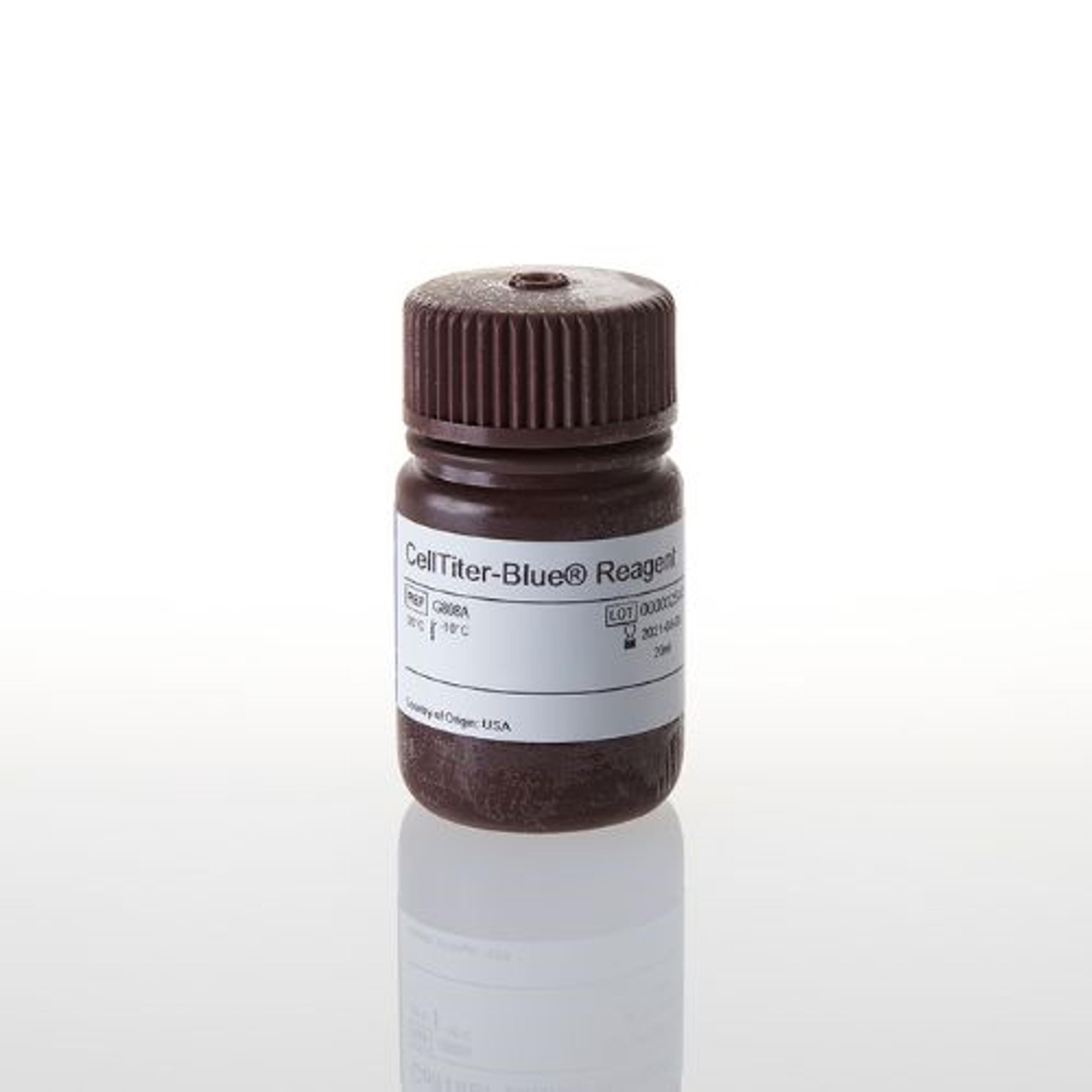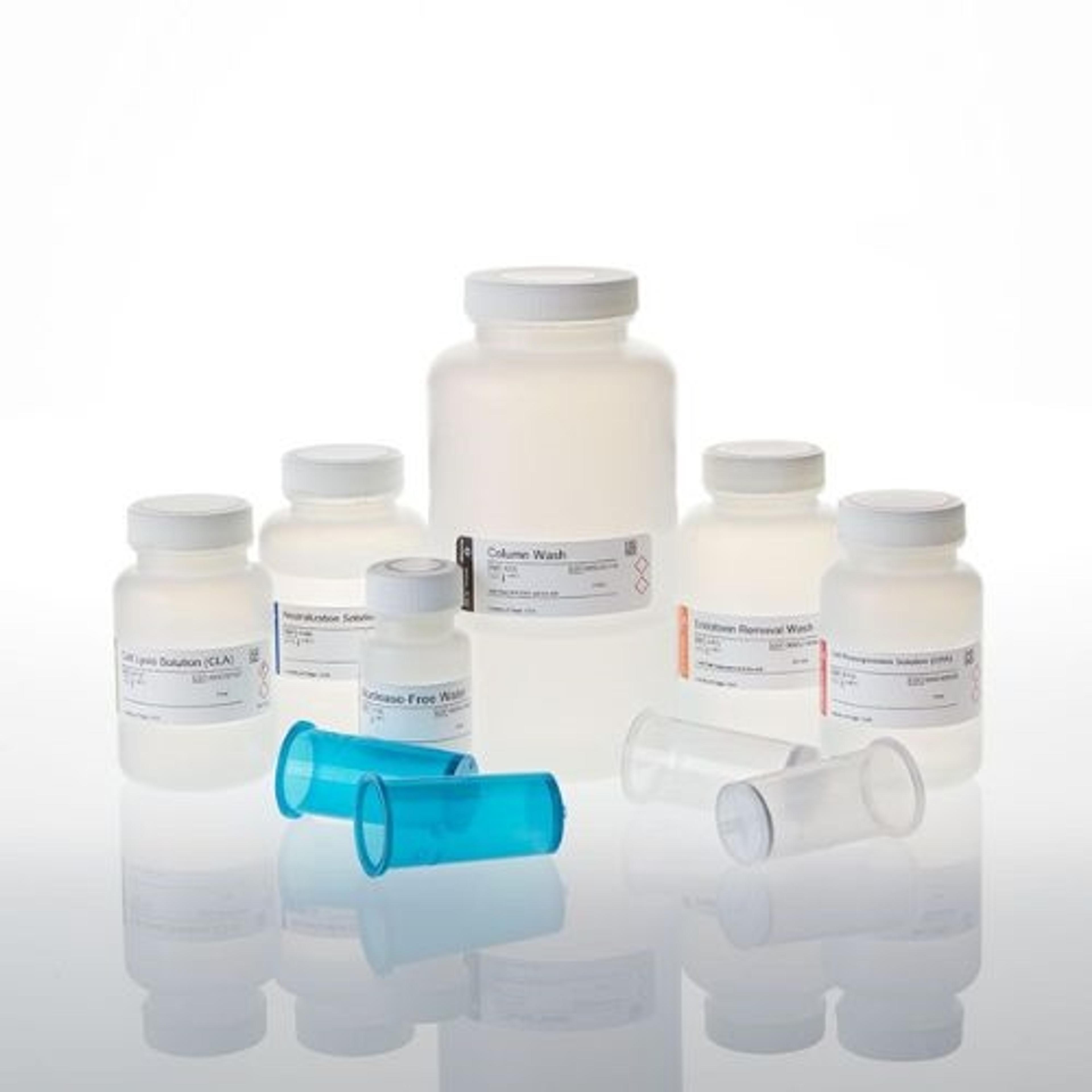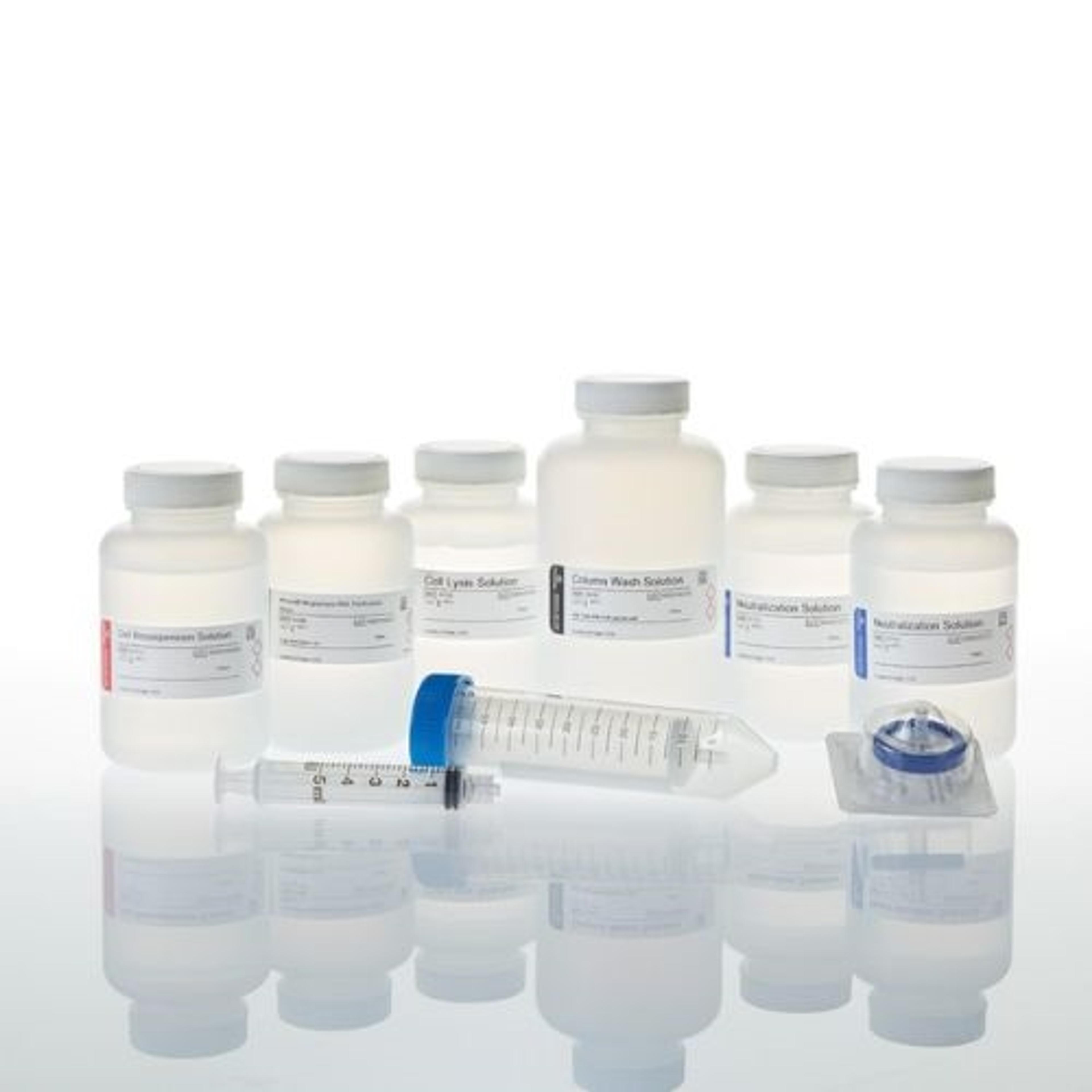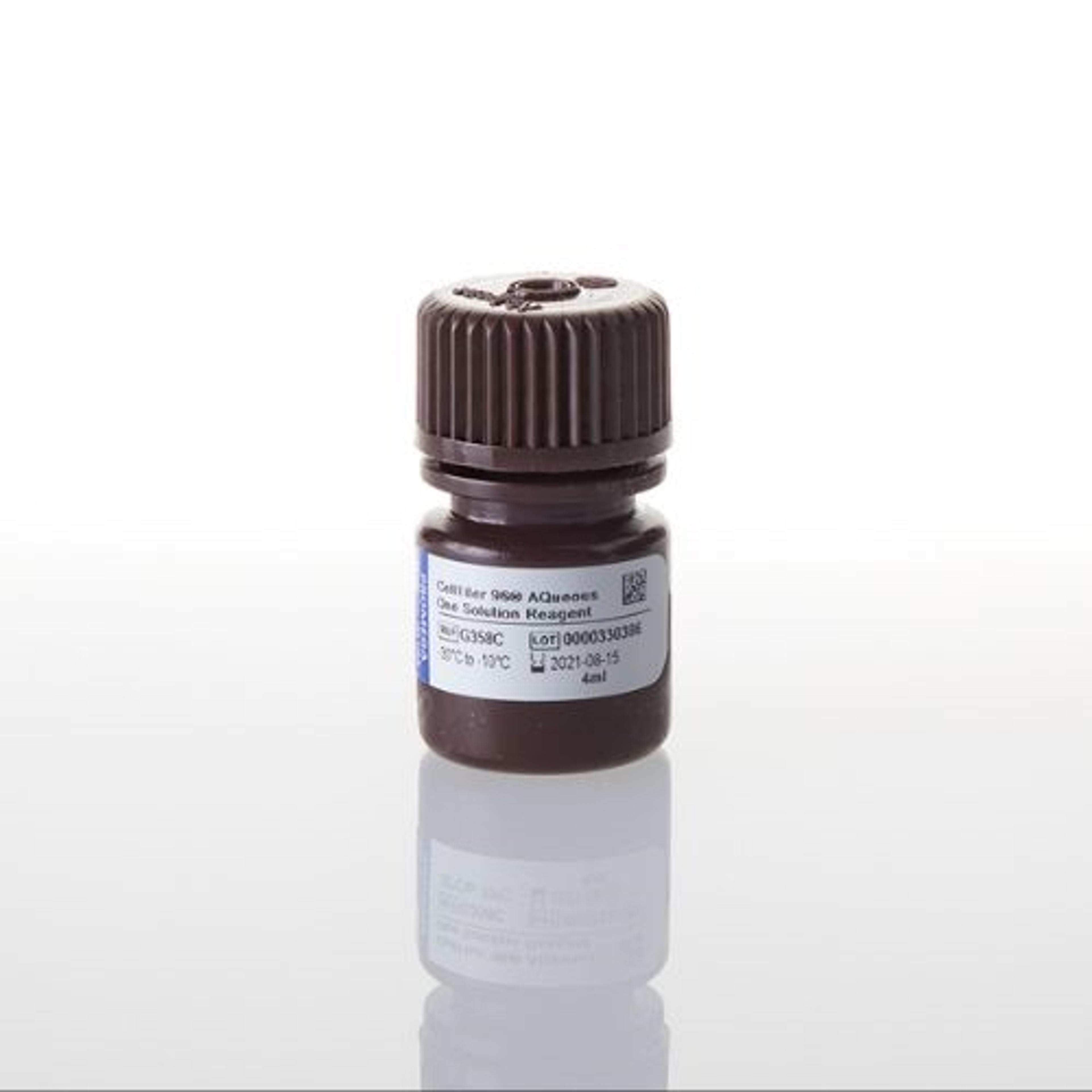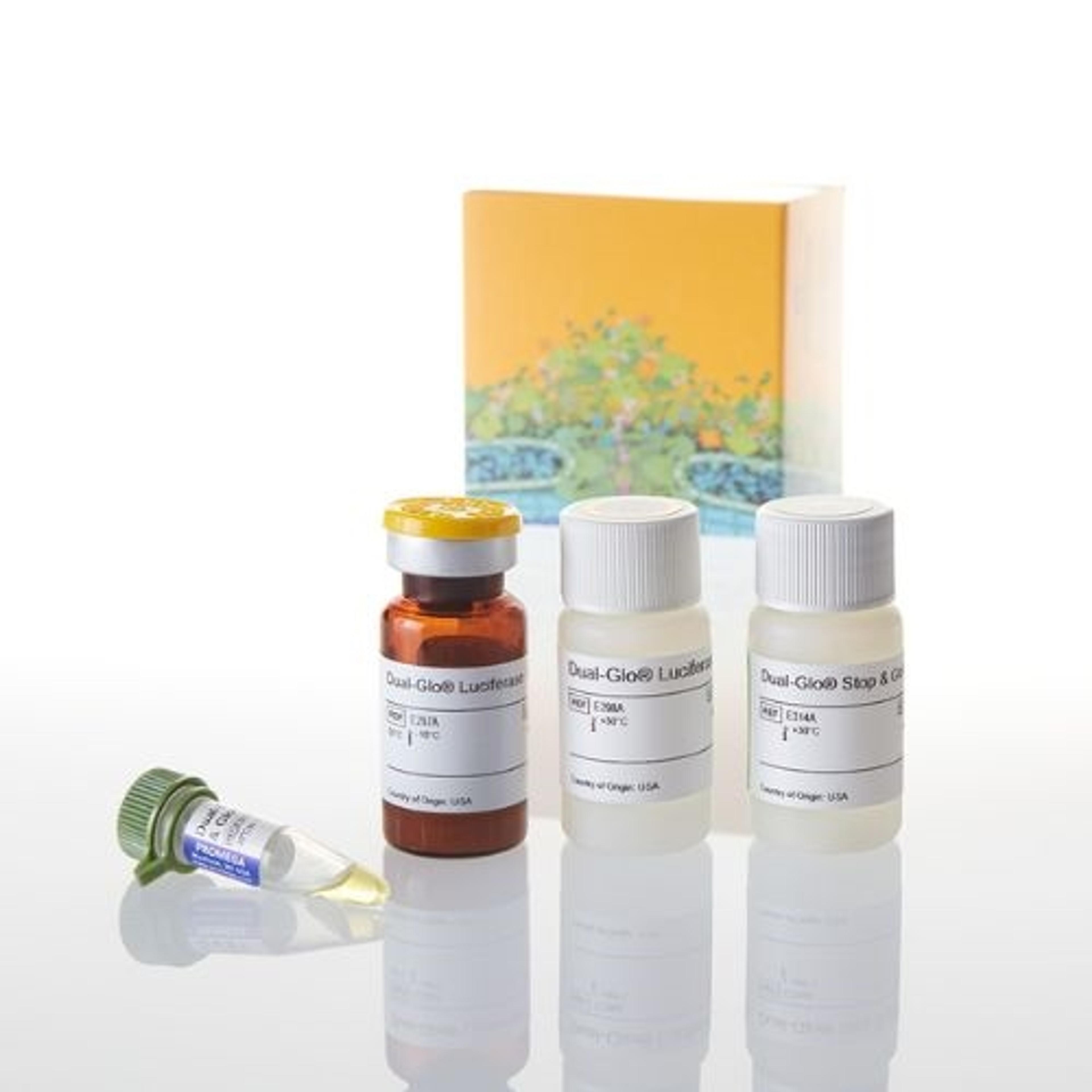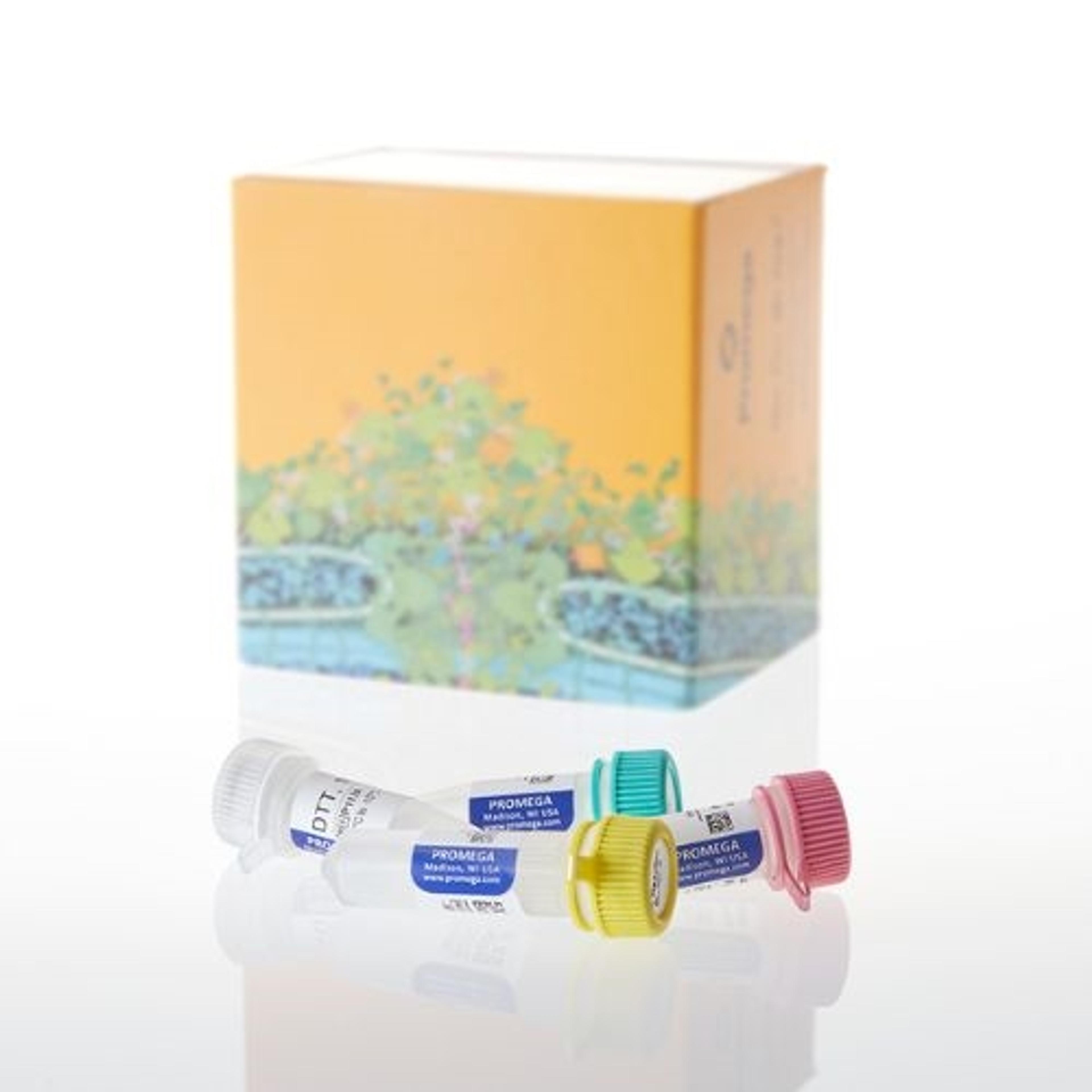ApoTox-Glo™ Triplex Assay
The ApoTox-Glo™ Triplex Assay combines three assay chemistries to easily assess viability, cytotoxicity and apoptosis events in the same cell-based assay well. First, viability and cytotoxicity are determined by measuring two differential protease biomarkers simultaneously with the addition of a single nonlytic reagent containing two peptide substrates. The live-cell protease activity is restricted to intact viable cells and i…
highly reproducible results
We use this assay for screening compounds. Cytotoxicity, apoptosis and viability all in one assayi
Essy to use and highly reproducible results that complement the drug discovery platform
Review Date: 17 Dec 2018 | Promega Corp.
Great product, simple, reproducible, sensitive.
Apoptosis detection and quantification
Easy to use and interpret results, easy to set up. High reproducibility. Good price. Surely, I recommend this product
Review Date: 22 Mar 2018 | Promega Corp.
Takes a bit of optimization but the multiplex-ability is worth it.
Review Date: 3 Aug 2011 | Promega Corp.
The ApoTox-Glo™ Triplex Assay combines three assay chemistries to easily assess viability, cytotoxicity and apoptosis events in the same cell-based assay well. First, viability and cytotoxicity are determined by measuring two differential protease biomarkers simultaneously with the addition of a single nonlytic reagent containing two peptide substrates. The live-cell protease activity is restricted to intact viable cells and is measured using a fluorogenic, cell-permeant peptide substrate (GF-AFC Substrate).
The substrate enters intact cells, where it is cleaved to generate a fluorescent signal proportional to the number of living cells. This live-cell protease activity marker becomes inactive upon loss of membrane integrity and leakage into the surrounding culture medium. A second, cell-impermeant, fluorogenic peptide substrate (bis-AAF-R110 Substrate) is used simultaneously to measure dead-cell protease activity that has been released from cells that have lost membrane integrity. This results in ratiometric, inversely correlated measures of cell viability and cytotoxicity. The ratio of viable cells to dead cells is independent of cell number and, therefore, can be used to normalize data. A second reagent containing luminogenic DEVD-peptide substrate for caspase-3/7 and Ultra-Glo™ Recombinant Thermostable Luciferase is added. Caspase-3/7 cleavage of the substrate releases luciferin, which is a substrate for luciferase and generates light. The light output, measured with a luminometer, correlates with caspase-3/7 activation as a key indicator of apoptosis.
Features - Benefits
• Measure Viability, Cytotoxicity and Apoptosis in the Same Sample Well: Determine mechanism of cell death for cells in the same sample well.
• Easily Implement: Assay follows a simple sequential "add-mix-measure" format.
• Normalize Data with a Built-In Control: The ratio of the number of live cells/number of dead cells is independent of cell number and normalizes data. This normalization makes results more comparable well-to-well, plate-to-plate and day-to-day.
• Flexible and Easily Automated: The volumes of each assay component can be scaled to meet throughput needs and is amenable to automation in 96- and 384-well plates.
• Improves Efficiency and Saves on Lab Budget: Reduces cell culture and labor costs by performing three assays in a single well.
Applications
• Determine mechanism of cell death.
• Profile compound libraries for cytotoxic risk.


